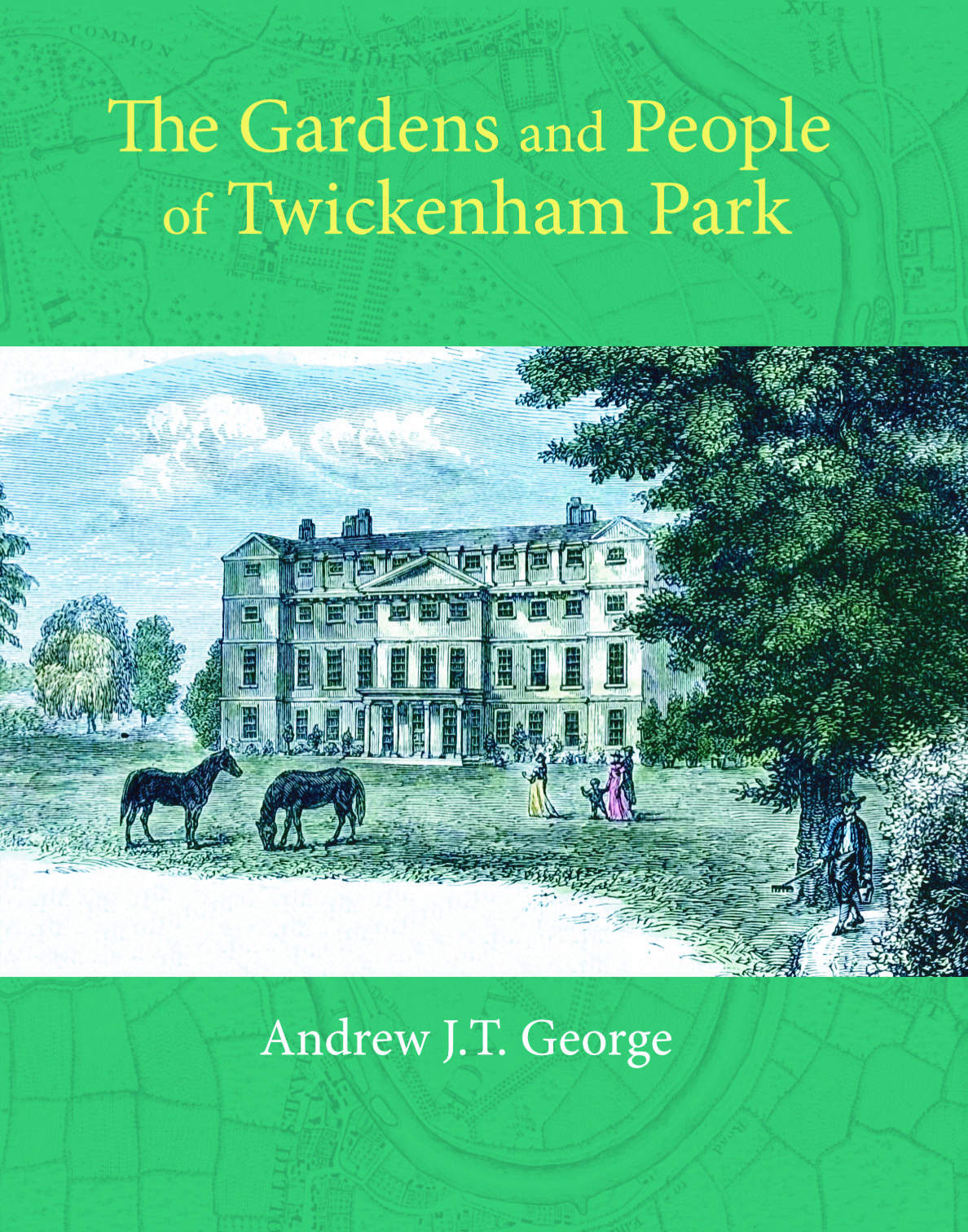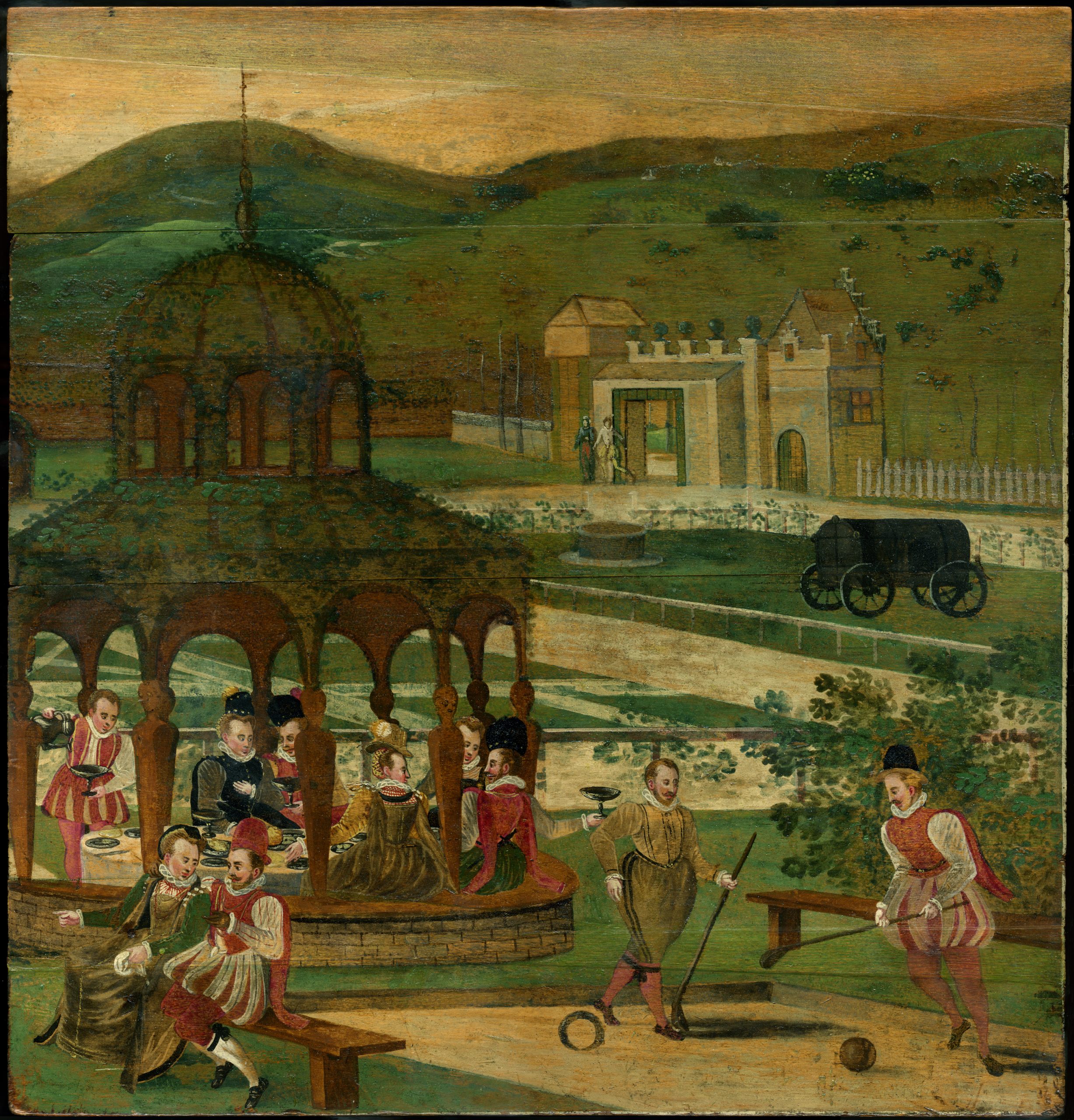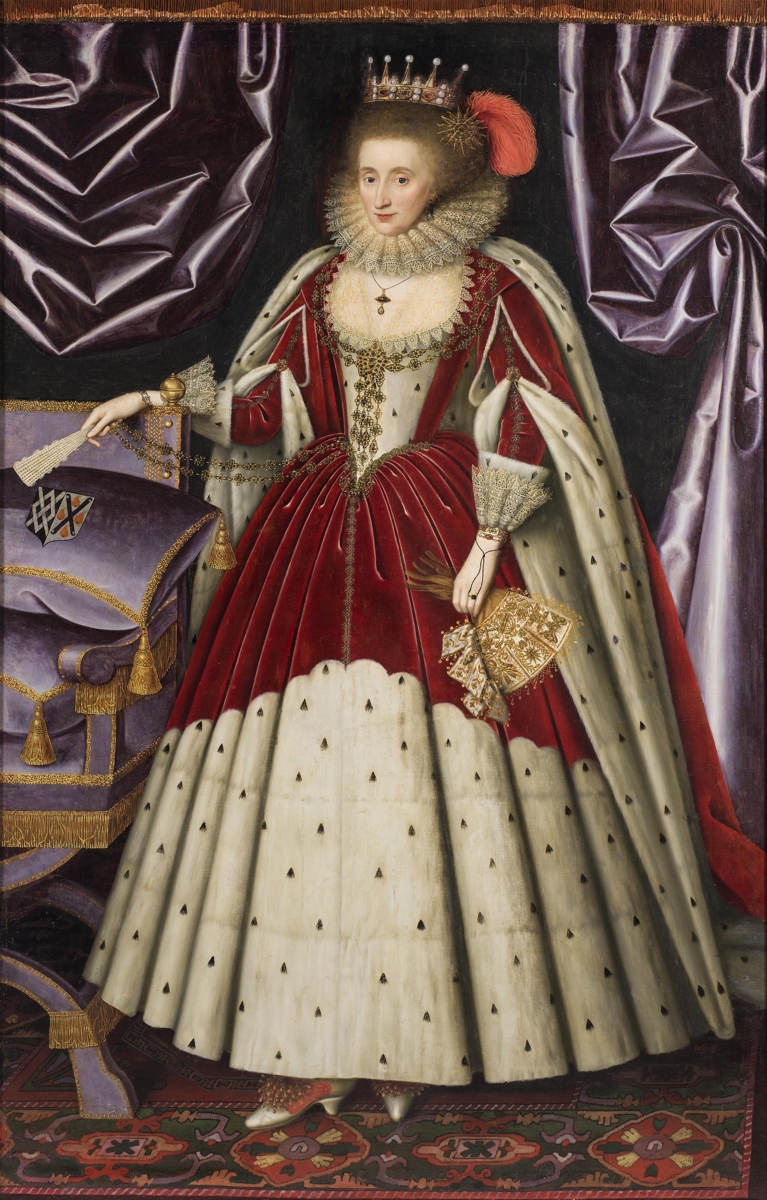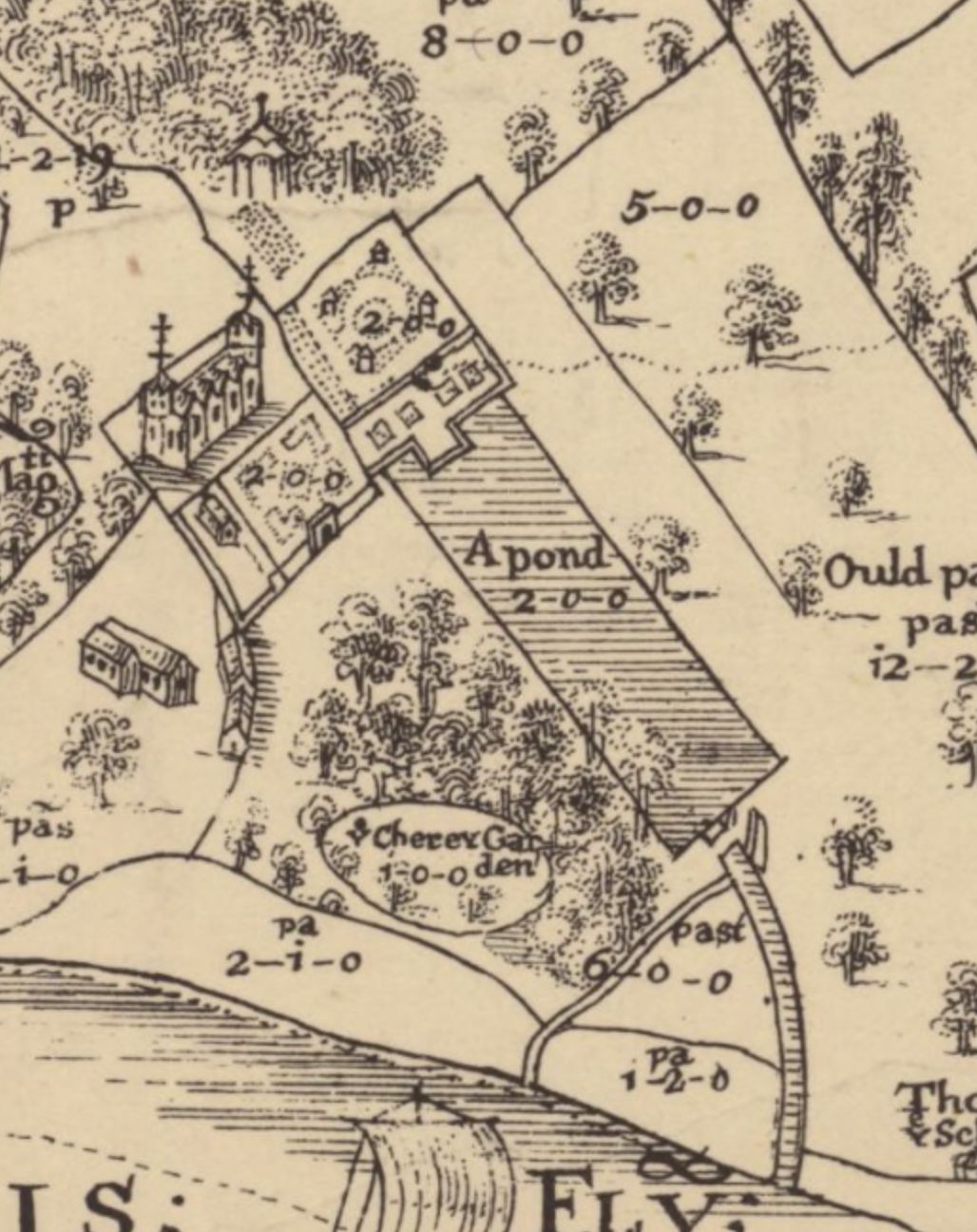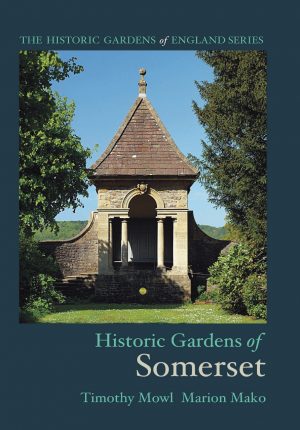Description
Lying by the Thames to the west of London, between Richmond, Twickenham and Isleworth, is the ancient estate of Twickenham Park created on land first enclosed 800 years ago by Richard of Cornwall, brother of Henry III, as a source of timber and pasture for cattle and deer. It was here that Syon Abbey was founded by that most war-like of kings, Henry V, as a place for contemplation and spiritual renewal, whose gardens were both beautiful and useful renewal and, in its gardens and orchards, of natural beauty and productivity. The silent nuns and priests would later move downriver, before fleeing to Europe after Henry VIII ejected them from their monastery dissolved the monasteries.
Later, lying close to the Tudor Palace of Richmond, Twickenham Park emerged as a hub of political, social and intellectual activity. It was here that Francis Bacon wrote many of his massively influential essays, including those on gardens and ‘natural wildness’. Bacon wanted Twickenham Park to be come a place ‘for the discovery of things from the light of nature’. Instead, it became home to the colourful Lucy Harington, Countess of Bedford: patron of the arts and gardener à la mode. Inspired by her garden, designed for contemplation, conversation and liaisons, John Donne composed his poem of unrequited love, ‘Twicknam Park’, a poem of unrequited love.
In the eighteenth century, Twickenham attracted the mercantile, intellectual and political class during a period of immense change. when society was undergoing massive transformation. It was here that Thomas Vernon planted the first English weeping willow in his garden. Nearby, Alexander Pope decorated his grotto in a tunnel under the road, Henrietta Howard built her mansion and garden at Marble Hill and Horace Walpole created Strawberry Hill in the Gothic style. Other local residents included Lady Mary Wortley Montagu who introduced variolation against smallpox to England.
The nineteenth century saw a succession of wealthy owners who made gardens in the latest style, the most notorious of which was the Earl of Kilmorey who built an Egyptian mausoleum for his young lover, Priscilla. eloped with his young mistress; building an Egyptian Mausoleum for her when she died.
Grand houses and families may have gone, but in this fascinating book Andrew George reveals how for generations this corner of England was at the heart of society and the evolution of gardens and horticulture.

